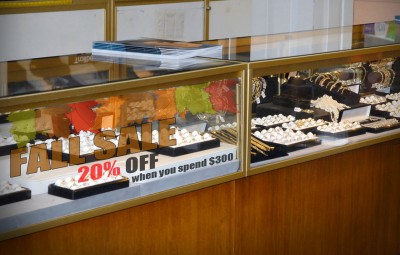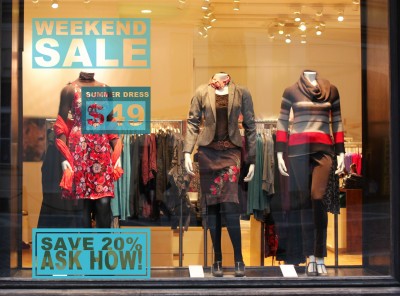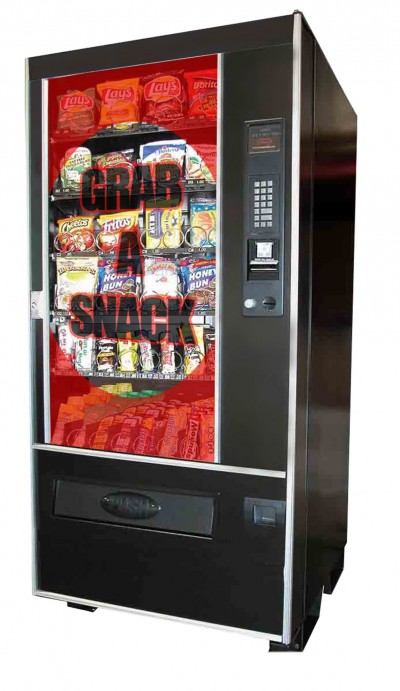By Chris Riegel
Traditional media channels are becoming segmented and saturated, altering today’s advertising landscape and making competition fierce for consumers’ attention. What were once broad, one-size-fits-all mass advertising efforts are now demographic-specific and targeted messages.
As the consumer’s appetite for more personalized messaging grows, marketing and advertising channels will continue to fragment at a faster pace. According to a recent study conducted by the Harvard Business Review, many consumers now cram 12 hours of traditional media exposure into only nine hours of Internet-based consumption, resulting in less viewing time per message, thus reducing advertising effectiveness.
While these consumers are still exposed to thousands of ads daily through TV, radio, the Internet, Facebook, Twitter and e-mail, performance indicators reveal mass advertising is not as effective as it was before. A crowded marketplace has left many potential customers overwhelmed with product choices, so they are filtering out, blocking and/or turning off ads.
When shopping, too, customers are doing whatever they can to avoid marketing messages. This has meant a shift of power into their hands.
For marketers to cut through the clutter, they must stress the importance of value, rather than volume, and become more creative in getting their messages heard. They need a framework to combat media fragmentation and to deliver the right message, at the right time, in the right place, to the right target audience.
One new answer is translucent digital signage technology. Marketers, retailers and brand managers can now incorporate in-store advertising into any glass surface, while still allowing customers to view products behind that surface.
How it works
Printed posters and other wide-format graphics typically block the customer’s view, while digital signage has faced limits as to where it can be installed. Translucent digital signage, on the other hand, can deliver high-definition (HD) video, store coupons, surveys, games and other interactive content within a glass fixture, such as a window, freezer or cooler door, vending machine, storefront window, cosmetics counter or jewellery case.
In this way, an existing glass fixture serves a double purpose by simultaneously fostering a media experience for—and delivering valuable messages to—the customer.
Translucent digital signage combines three key elements: a translucent screen, backlighting and an embedded media player. The translucent panel typically varies in size from 1.2 to 1.8 m (46 to 70 in.).
The media player uses a solid-state hard drive, with no moving components, and a specialized processor, both of which help minimize heat generation. Video content can be updated anywhere via Internet connection.
For a freezer or cooler, the media player is built into the top portion of the door. Content delivery, command and control can all be facilitated through a wireless network connection. In an architectural, jewellery case or storefront implementation, a direct High-Definition Multimedia Interface (HDMI) video connection can be used instead. Digital signage software is used to create, schedule, control, manage and monitor content.
The right balance of backlighting is key to the successful display of translucent messaging, with each glass environment requiring its own lighting configuration. Fortunately, the standard lighting within a store’s freezer, cooler, cosmetics counter or jewellery case is generally sufficient, while architectural glass applications can often rely on ambient room lighting.
The POP advantage
Advertising messages are more powerful and persuasive when they are displayed along the consumer’s ‘path to purchase.’ A shopper who enters a store with the intention of only buying product A may well end up leaving that store with products A, B and C, thanks to the influence of digital point-of-purchase (POP) advertising.

Backlighting is key, but the standard lighting inside a jewellery case or cosmetics display, for example, will usually be sufficient.
A study by Prime Consulting Group measured the reach and frequency (r/f) of branded messaging, educational information and special promotions in drug stores. The results showed at-retail advertising was responsible for additional sales 70 per cent of the time.
In this context, the advantage of translucent digital signage technology is it extends the capabilities of at-retail advertising. Ideally, it allows marketing messages and products to both be placed within arm’s reach for the in-store customer.
As mentioned, advertisers also need to cut through the clutter to achieve their desired sales results. Focusing marketing efforts on POP displays is important, but is not enough in itself. A platform is needed that will allow a brand to stand out and draw customers away from the competition.
Translucent digital signage brings advertising to the prime, high-traffic ‘real estate’ of in-store glass surfaces where traditional signage may be obsolete. Interactive ads, especially, are well-placed for customer engagement. For retailers, interaction is one of the most valuable ways to get the consumer to remember the brand.
Instead of taking up valuable shelf space, a translucent screen keeps the customer’s focus on in-store products, with non-intrusive advertisements connecting those product types with specific brands at the coveted ‘point of decision.’
Translucent digital signage also has ‘stopping power,’ gathering other customers around to watch. Whenever one customer is interacting with promotional messaging in a fun way, it means other customers are also seeing the featured brand in a positive light. In this sense, the technology initiates both direct and indirect consumer impressions.







